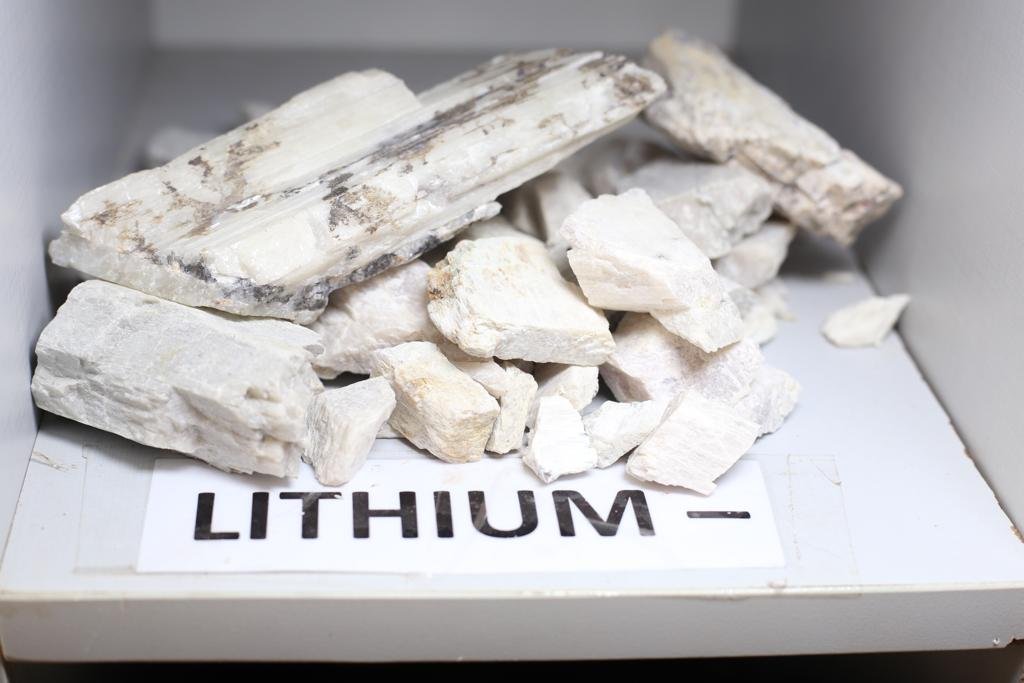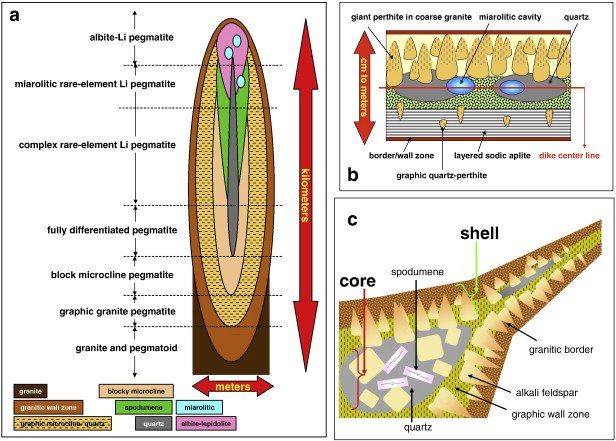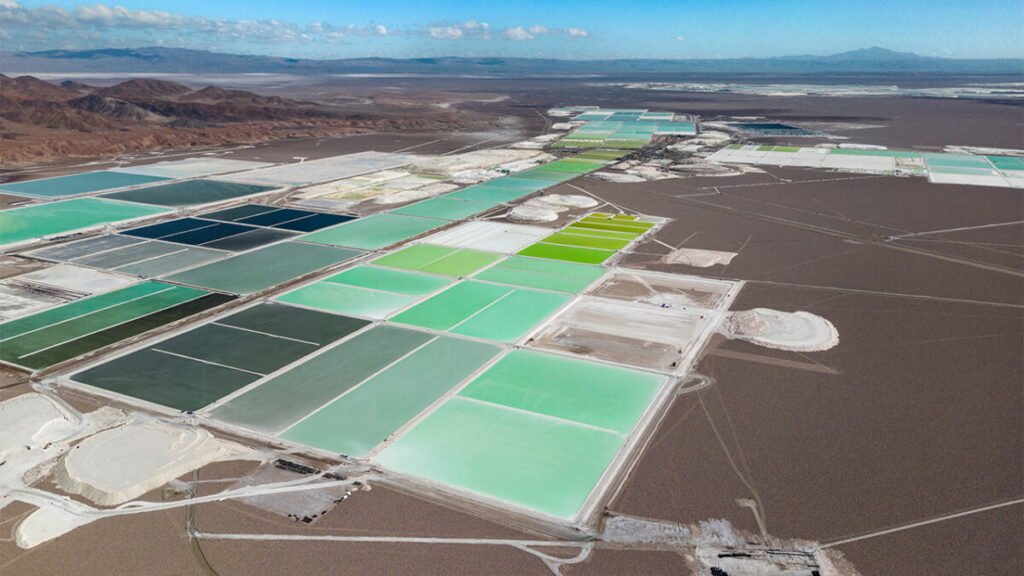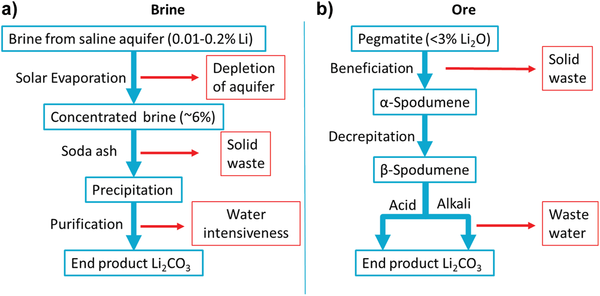Lithium Mineral Group

The lithium mineral group refers to a collection of naturally occurring inorganic solids that contain lithium as a key structural component. These minerals are typically found in granitic pegmatites, lithium-rich brines, and clay deposits, and are essential for the global supply of lithium used in batteries, ceramics, glass, and pharmaceuticals.
Here’s a detailed overview of the lithium mineral group, including classification, common members, and their geological settings.
1. Classification of the Lithium Mineral Group
Lithium minerals are grouped based on their chemical composition and crystal structure. The main classes include:
A. Silicate Minerals
Contain lithium in silicate structures and are commonly found in pegmatites.
- Spodumene (LiAlSi₂O₆)
- Petalite (LiAlSi₄O₁₀)
- Lepidolite (K(Li,Al)₃(Al,Si)₃O₁₀(F,OH)₂)
B. Phosphate Minerals
Contain lithium in phosphate structures, often found in pegmatites and hydrothermal deposits.
- Amblygonite (LiAl(PO₄)(F,OH))
C. Mica Minerals
Lithium-bearing micas, typically found in lithium-rich granites and pegmatites.
- Zinnwaldite (KLiFeAl(Si,Al)₄O₁₀(F,OH)₂)
D. Carbonate Minerals
Rare naturally occurring lithium carbonates, often found in geothermal environments.
- Zabuyelite (Li₂CO₃)
2. Common Minerals in the Lithium Mineral Group
| Mineral | Chemical Formula | Crystal System | Hardness (Mohs) | Key Features |
|---|---|---|---|---|
| Spodumene | LiAlSi₂O₆ | Monoclinic | 6.5–7 | High lithium content, prismatic crystals |
| Lepidolite | K(Li,Al)₃(Al,Si)₃O₁₀(F,OH)₂ | Monoclinic | 2.5–4 | Pink to purple color, contains rubidium |
| Petalite | LiAlSi₄O₁₀ | Monoclinic | 6–6.5 | Heat-resistant, used in ceramics |
| Amblygonite | LiAl(PO₄)(F,OH) | Triclinic | 5.5–6 | Often associated with tourmaline |
| Zinnwaldite | KLiFeAl(Si,Al)₄O₁₀(F,OH)₂ | Monoclinic | 2.5–3 | Rare lithium mica found in tin deposits |
| Zabuyelite | Li₂CO₃ | Monoclinic | 2.5 | Rare natural lithium carbonate |
3. Geological Settings of Lithium Minerals
Lithium minerals are typically found in specific geological environments:
A. Pegmatites
Highly evolved granitic rocks that host large crystals of lithium-bearing minerals like spodumene, lepidolite, and petalite.

B. Brine Deposits
Found in salt flats (salars) and closed basins where lithium is dissolved in saline groundwater.

C. Clay Deposits
Lithium is adsorbed onto clay minerals and extracted using acid leaching or direct extraction methods.

4. Industrial and Economic Importance
The lithium mineral group is crucial for various industries:
- Battery Production: Spodumene is processed into lithium carbonate and hydroxide for use in lithium-ion batteries.
- Ceramics and Glass: Petalite and lepidolite are used for their thermal stability and fluxing properties.
- Pharmaceuticals: Lithium carbonate derived from minerals is used in mood-stabilizing medications.
- Industrial Applications: Used in lubricants, welding fluxes, and specialty alloys.

5. Extraction and Processing
Depending on the mineral type, lithium is extracted through:
- Hard Rock Mining: For spodumene and lepidolite, followed by chemical processing.
- Solar Evaporation: For lithium brines, where water is evaporated to concentrate lithium salts.
- Direct Lithium Extraction (DLE): Emerging technology for faster and more sustainable lithium recovery from brines and clays.

FAQs
Q1: What is the lithium mineral group?
A1: It is a group of naturally occurring minerals that contain lithium as a significant structural component, including spodumene, lepidolite, petalite, and amblygonite.
Q2: What are the most important lithium minerals?
A2: The most economically important are spodumene, lepidolite, and petalite, especially for battery and industrial applications.
Q3: Where are lithium minerals found?
A3: Lithium minerals are found in pegmatites, brine deposits, and clay formations, with major sources in Australia, Chile, Argentina, and the U.S.
Conclusion
The lithium mineral group plays a vital role in supplying lithium for the rapidly growing electric vehicle, renewable energy, and electronics industries. Understanding the classification, geological settings, and industrial uses of these minerals is essential for ensuring a sustainable and diversified lithium supply chain.

